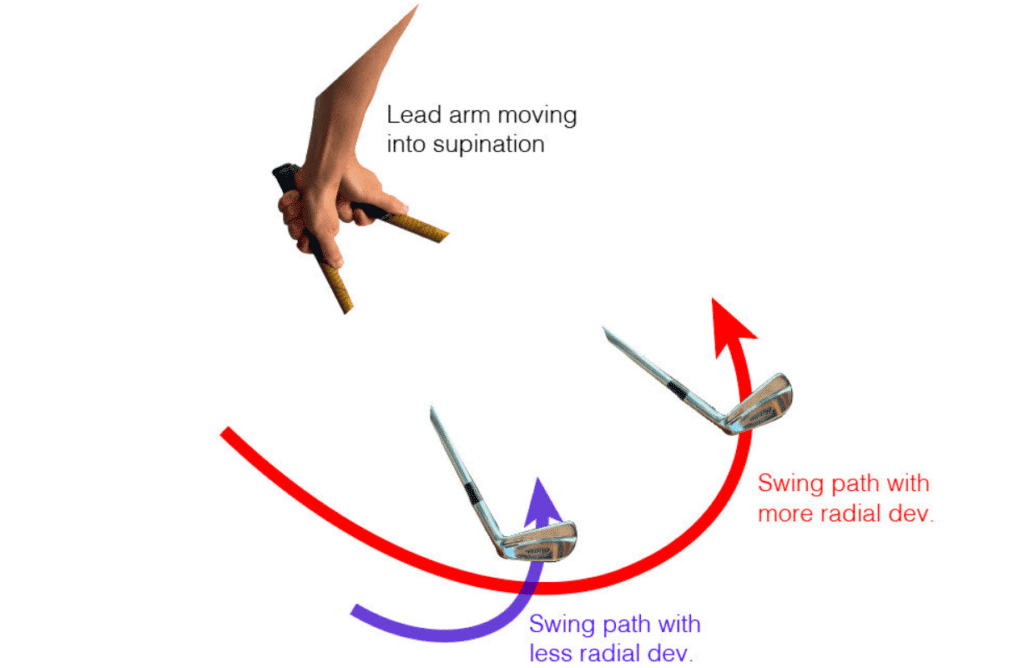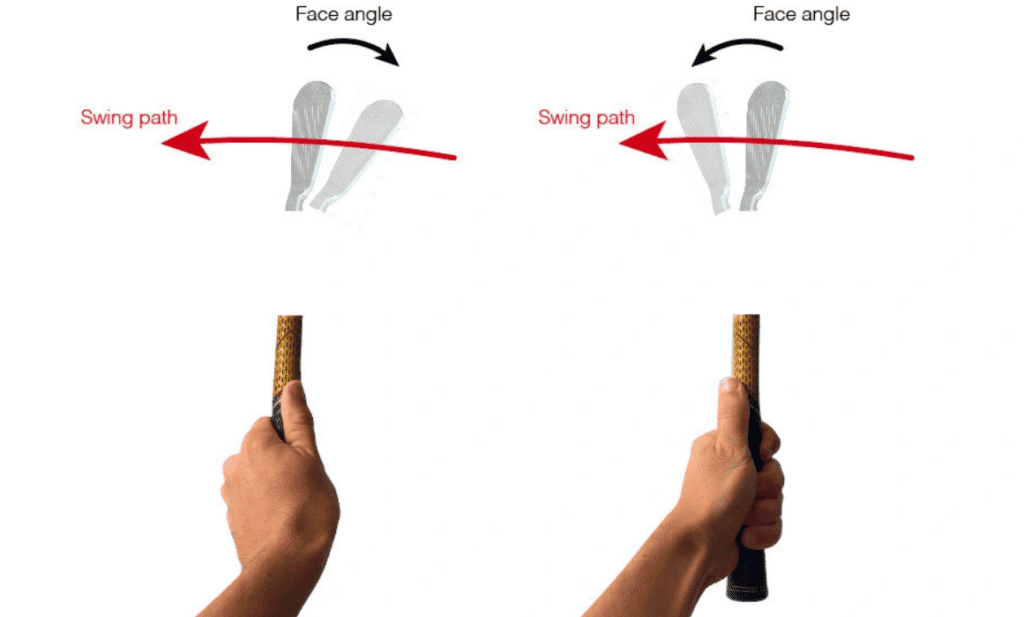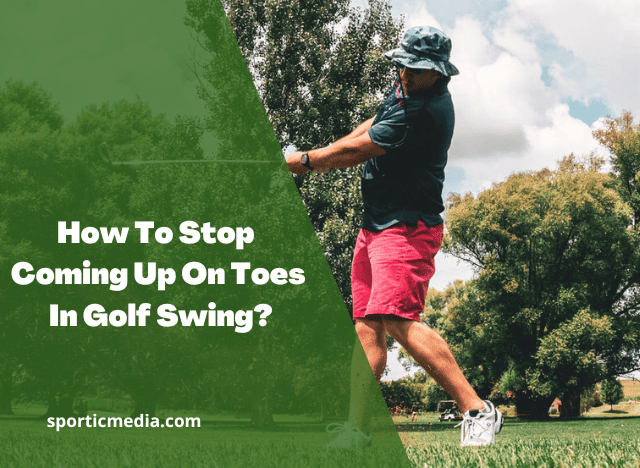In the intricate world of golf, where every little detail matters, the wrist angle at address plays a pivotal role in determining the success of your swing and the overall performance of your golf shaft.
The wrist angle refers to the angle formed between the shaft of the club and the back of the lead forearm. While a neutral wrist angle serves as a good starting point for most golfers, some players may find a slightly bowed or cupped wrist angle more comfortable.
The quest for the ideal wrist angle is an individualized journey that depends on a golfer’s unique swing mechanics and personal preferences. In this article, we delve into the importance of finding the right wrist angle at address and how it can elevate your golfing experience.
Table of Contents
What is the Wrist Angle at the Address?

Before we embark on the quest to find the perfect wrist angle, let’s take a moment to understand what it truly means. The wrist angle at address refers to the position of your wrists as you prepare to take your swing.
It is a crucial element that directly influences how the club shaft performs during the swing, ultimately impacting the direction and distance of your shots. Finding the right wrist angle is akin to discovering the key that unlocks the potential of your golf shaft.
What is the Ideal Wrist Angle?
Achieving the ideal wrist angle is an elusive yet rewarding endeavor. While the concept of a neutral wrist angle serves as a solid foundation for most golfers, individual preferences may lead some players to explore slightly varied wrist angles.
Here are some key tips to help you find your optimal wrist angle at address:
Stance and Setup: Begin by standing with your feet shoulder-width apart and your knees slightly flexed. This balanced and relaxed stance sets the stage for a smoother swing.
Grip Mastery: A neutral grip, neither too strong nor too weak, allows for better wrist mobility and control throughout the swing.
Square Clubface: Ensure that the clubface is square to your intended target. A misaligned clubface can lead to inconsistent shots.
Natural Arm Position: Let your arms hang naturally at your sides. A comfortable and relaxed arm position is vital for a fluid swing.
Subtle Wrist Bend: Bend your wrists slightly so that the back of your lead forearm is slightly below parallel to the ground. This position optimizes the connection between your wrists and the golf shaft.
Balancing Tension: While a slight tension in your forearms is expected, avoid excessive tension that might hamper your swing fluidity.
Fine-Tuning Your Wrist Angle

With your ideal wrist angle identified, it’s time to put it to the test. Practice swinging the club and pay keen attention to how the clubface remains square to your target. Any deviations in the clubface’s alignment during the swing may indicate the need for minor adjustments to your wrist angle.
The Wrist Angle and Clubface Control
While the wrist angle at address plays a significant role in clubface control, it is not the sole determinant. Other crucial factors, such as grip pressure, swing plane, and body alignment, also influence clubface behavior during the swing.
Striking a harmonious balance between these elements enhances overall shot consistency and accuracy.
Wrist Angle Variations
A noteworthy aspect of wrist angle at address is its variation across different clubs in your bag. The wrist angle required for a driver differs from that of a wedge.
Understanding these nuances allows you to tailor your wrist angle to suit the specific demands of each club, optimizing your performance on the course.
The Impact of Swing Speed
The speed of your swing also influences the ideal wrist angle. Golfers with fast swing speeds may benefit from a flatter wrist angle to prevent the clubface from unintentionally opening up during the swing.
By adapting your wrist angle to your swing speed, you can maintain better control over the clubface and achieve consistent results.
Embrace the Experimentation
Finding your perfect wrist angle is not a one-size-fits-all equation. Embrace the art of experimentation as you explore different wrist angles to discover the one that feels most comfortable and allows you to consistently strike the ball on target.
Remember, mastering your wrist angle is an ongoing process, and the commitment to refining this fundamental aspect sets great golfers apart.
Should my left wrist be flat at the address?
At address, it is generally recommended to have a slightly flat left wrist (for right-handed golfers) to promote a neutral wrist angle. A flat left wrist helps maintain proper clubface control and ensures a solid connection between the hands and the club.
However, some players may prefer a slightly cupped or bowed left wrist, depending on their swing mechanics and personal comfort. Experimenting with different wrist positions and finding what works best for you can improve ball-striking consistency and overall performance on the golf course.
Hitting Driver Low on Face in Golf; What Can You Do?
sporticmedia.com
Conclusion
In conclusion, the wrist angle at address is a critical element that profoundly influences the performance of your golf shaft. By understanding the mechanics, embracing experimentation, and striving for consistency, you can unlock the potential of your swing and elevate your golfing prowess to new heights. So, next time you address the ball, remember that the key to unlocking your golf shaft’s true potential lies in the intricate interplay of your wrists and the club. Happy swinging!
Discover the meticulous and expert-driven process behind our product reviews at Sportic Media. Our comprehensive guide, led by industry veterans, ensures you get the most reliable and detailed insights into golf equipment. Dive into our methodical approach by visiting How We Test Products at Sportic Media: A Comprehensive Guide
.







